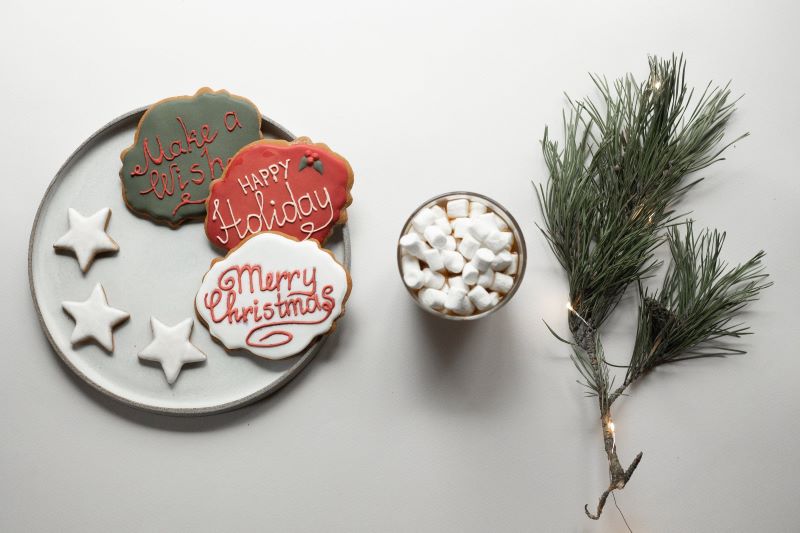Decorative Items Produced in Mass Production
A ribbon of molten glass is poured into the factory and poured over a line of molds to create the final product.
Each mold is positioned in front of the glass flow, and when the glass flows into it, compressed air is blasted into the mold to shape it equally. The diameters of these range from around 1.75 in (4.4 cm) to about 5 in (13 cm) and are made of clear glass.
The ornaments are sent via conveyor to stations where they are treated on the interior with silvering solution to provide the mirror-like reflective characteristics that will show through the outer coatings.
Next, they are dipped in a white undercoat or base coat and coated on the outside.
Once the primer has dried, the balls travel on a conveyor to the paint station, where they are given a final coat of lacquer. It’s no secret that red and blue are the most popular hues.
Paint, icing, glitter, and glued-on embellishments are just some of the options for embellishment. Ornaments can be embellished with spun glass or fiberglass, both of which can be made by glass makers. Those who prefer to personalize their own ornaments at home can purchase plain ornaments.
After the ornaments are created, metal catches and hooks are affixed by machine; they are prefabricated to standard sizes of the ornament tops and made of lightweight metals like aluminum or tin so that they are not too heavy for the ornament.
Once the bulbs are done, they are sent to packing facilities where they are carefully packaged and displayed for sale using custom-made packaging materials.
Ornaments crafted by hand
Contemporary glass blowers start by using tubes of glass made by suppliers to create handmade ornaments. The glass for a particular ornament can be melted down from the tubes or cut off as needed by the artisan. In order to evenly heat a section of the glass, we rotate the tube over a gas-powered torch.
The operator opens the mold by depressing a foot pedal when the glass is ready to be shaped. Plaster, cast iron, graphite, and porcelain can all be used to make the molds. Laser beams can etch elaborate or simple designs into the molds. The glassblower has only three seconds to insert the soft glass into the mold while puffing on the glassblowing pipe to expand it to suit the mold. Once the glass makes contact with the mold, it immediately begins to cool and form. A hard casting is a finished product that precisely replicates the mold. Like a rigid puppet on a stick, it still has a length of tubing, or a stem, attached to the top. Some mass-produced decorations have the opinion that hand-blown ornaments are inferior since the glass’s thickness varies and could potentially break. The combination of glass and glassblowing talents may even be more robust in handmade Christmas ornaments, thanks to the expertise of German craftsmen.
